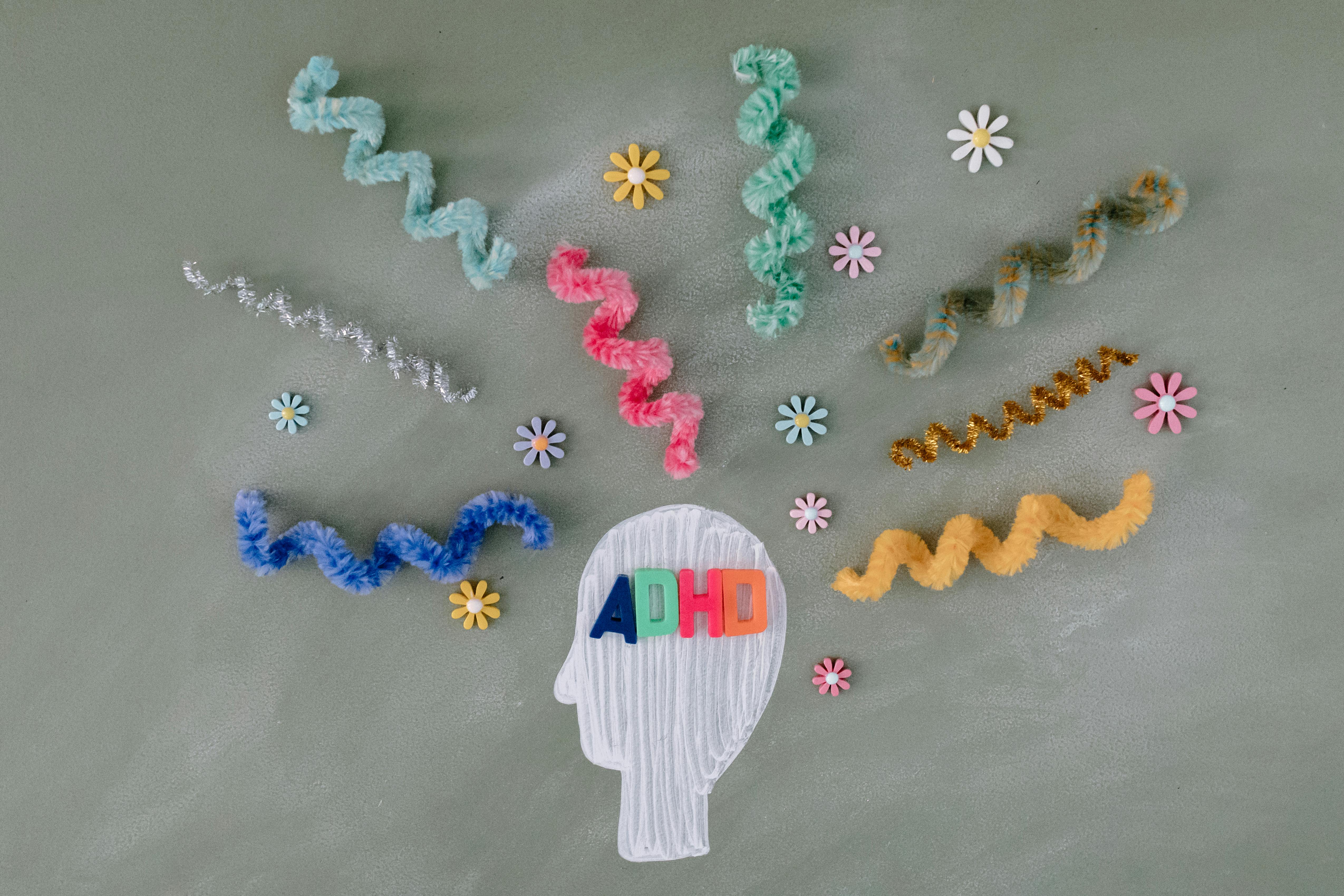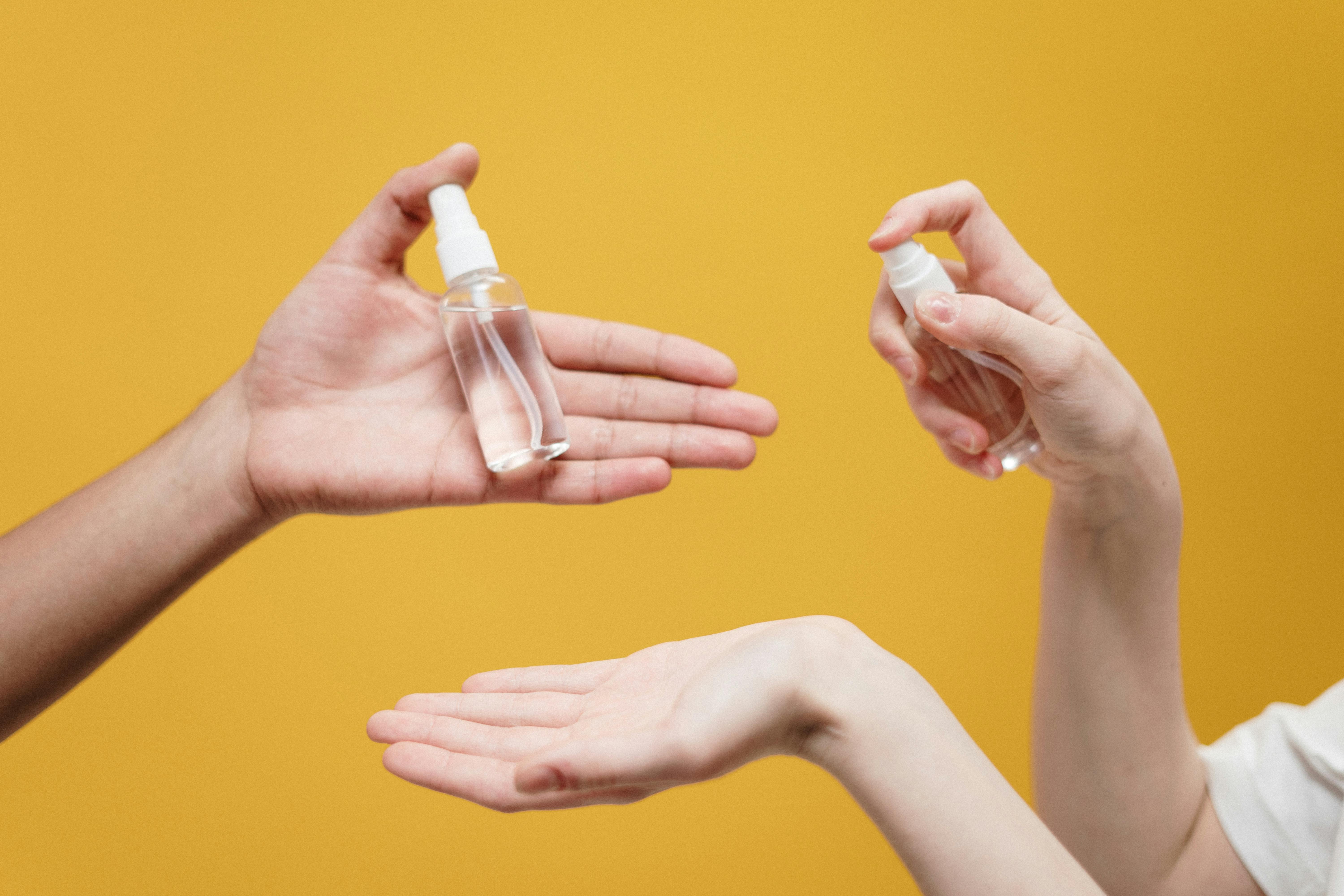You’re sitting at your desk, determined to finish that important report. Suddenly, you remember you need to buy cat food. While Googling pet stores, you stumble upon a video about how catnip affects felines. Two hours later, you’re an expert on cat behavior, but that report? Still unfinished.
Welcome to the world of ADHD, where your brain is like a browser with 37 tabs open all the time.
Sound familiar? You’re not alone. About 4-5% of adults worldwide are riding this rollercoaster with you. That’s over 366 million people globally, according to the World Federation of ADHD.
Rethinking ADHD: It’s Not What You Think
Let’s get one thing straight – ADHD isn’t a disorder of attention. It’s a disorder of attention regulation. Dr. Edward Hallowell, a psychiatrist who’s spent his career studying ADHD (and has it himself), puts it this way: “It’s like having a Ferrari engine for a brain, but with bicycle brakes.”
In other words, your attention isn’t broken – it’s just really, really enthusiastic. And in the right context, that enthusiasm can be your secret weapon.
Think about it:
- Impulsivity? That’s spontaneity and quick decision-making in disguise.
- Hyperactivity? Hello, boundless energy and enthusiasm.
- Distractibility? More like noticing things others miss.
The trick isn’t to “fix” these traits – it’s to harness them. Let’s explore how.
The ADHD Brain: A Neurological Rollercoaster
Before we dive into strategies, let’s take a quick neuroscience detour. ADHD brains are structurally different. Studies using MRI scans have shown that certain regions of the ADHD brain, particularly in the prefrontal cortex, can be smaller or develop more slowly. This area is crucial for executive functions like attention regulation, impulse control, and working memory.
But it’s not all about size. The real action is in the neurotransmitters, particularly dopamine and norepinephrine. These chemical messengers play a crucial role in regulating attention, motivation, and reward. In ADHD brains, the production, release, or reuptake of these neurotransmitters is often irregular, leading to the classic symptoms of ADHD.
Taming the ADHD Tiger: Strategies That Actually Work
1. Embrace the Chaos: Organized Disorganization
Forget what you’ve been told about traditional organization. Your ADHD brain needs a different approach. Enter: organized disorganization.
Try this:
- Use clear containers for storage. Out of sight really is out of mind for the ADHD brain.
- Create a “everything” drawer, but empty and sort it weekly. It’s like a pit stop for your stuff.
- Invest in a giant whiteboard. It’s your brain on the wall – messy, colorful, and brilliantly interconnected.
Remember, if it works for you, it’s not wrong – it’s innovative.
Fun fact: A study published in the Journal of Child Psychology and Psychiatry found that children with ADHD performed better on creative thinking tasks compared to their non-ADHD peers. Your unique organizational style might just be your creativity at work!
2. Time is a Lie: Making the Invisible Visible
For the ADHD brain, time is about as tangible as a ghost. Two hours can feel like ten minutes when you’re in the zone, or an eternity when you’re bored. This phenomenon, known as “time blindness,” is a well-documented feature of ADHD.
Try these time-bending tricks:
- Use a visual timer. Seeing time disappear can be a game-changer.
- Color-code your schedule. Time blocking is great, but color blocking is even better for the visual ADHD brain.
- Set alarms for transitions, not just start times. Give yourself a runway to switch gears.
Research published in the Journal of Attention Disorders found that individuals with ADHD consistently underestimated time intervals, highlighting the importance of external time management tools.
3. Dopamine on Demand: Gamify Your Life
Your brain craves dopamine like a plant craves sunlight. So why not turn your life into a game?
Here’s how:
- Create a points system for tasks. Dishes = 5 points. Laundry = 10 points. Big report = 50 points. Reward yourself when you hit certain milestones.
- Use apps like Hapday that turn your to-do list into a game. Levels, points, rewards, you name it.
- Challenge yourself to beat your “high score” in everyday activities. How fast can you fold that laundry? Can you beat yesterday’s time?
The science behind this? A study in the journal Nature Neuroscience found that people with ADHD have lower levels of dopamine receptors and transporters in reward centers of the brain. Gamification can help boost dopamine levels, increasing motivation and focus.
4. The Art of Productive Procrastination
Sometimes, fighting procrastination is like wrestling an octopus. Exhausting and ultimately futile. So why not make it work for you?
Keep a list of productive tasks you can do when you’re avoiding something else. Cleaning the kitchen might not be what you’re supposed to be doing, but it’s better than falling down a YouTube rabbit hole.
Interestingly, a study published in Psychological Science found that moderate procrastination can sometimes lead to more creative outcomes. So your detours might just be your brain’s way of incubating brilliant ideas!
5. Hyperfocus: Your Secret Superpower
Hyperfocus is like ADHD’s radioactive spider bite – it can be your greatest weakness or your most powerful ability. It’s a state of intense concentration that allows people with ADHD to become completely absorbed in a task, often to the exclusion of everything else.
Here’s how to harness it:
- Create a “hyperfocus playlist” – music that helps you get in the zone.
- Set up your environment before you dive in. Snacks, water, chargers – everything you need to stay in the flow.
- Use the Pomodoro Technique, but adjust the times to match your attention span. Maybe it’s 45 minutes of work and 15 of break. Find your rhythm.
A study in the Journal of Attention Disorders found that adults with ADHD reported more frequent states of hyperfocus compared to non-ADHD adults, particularly in activities they found interesting or challenging.
6. The ADHD Buddy System
Two ADHD brains are better than one. Find an “accountability buddy” who gets it.
- Schedule regular check-ins. Video calls work great – it’s harder to hide from your goals when someone can see your face.
- Share your wins, no matter how small. Remembered to eat lunch? That’s a win!
- Troubleshoot together. Sometimes an outside perspective is all you need to solve a problem.
Research published in the Journal of Attention Disorders found that social support was significantly associated with better quality of life in adults with ADHD.
Your Unique Brain is Your Greatest Asset
Here’s a secret: the world needs your ADHD brain. In a society that often values conformity, your unique perspective is invaluable. Your ability to make unexpected connections can lead to groundbreaking ideas. Your energy and enthusiasm can inspire others. Your struggles can make you more empathetic and resilient.
A study published in the Journal of Personality and Social Psychology found that ADHD traits like impulsivity and risk-taking were positively associated with entrepreneurial intentions and success. Your ADHD might just be your ticket to innovation and leadership!
So remember: ADHD is just one part of who you are, and with the right approach, you can achieve incredible things.
Manage ADHD with Hapday, Your Wellbeing Assistant
Join the millions of people using Hapday. Improve overall wellness & sleep.




